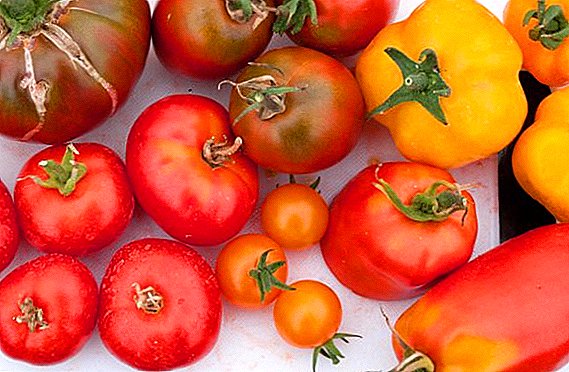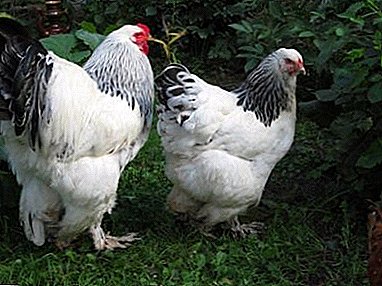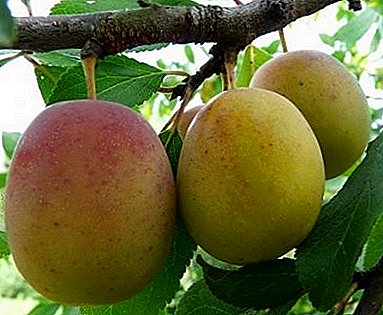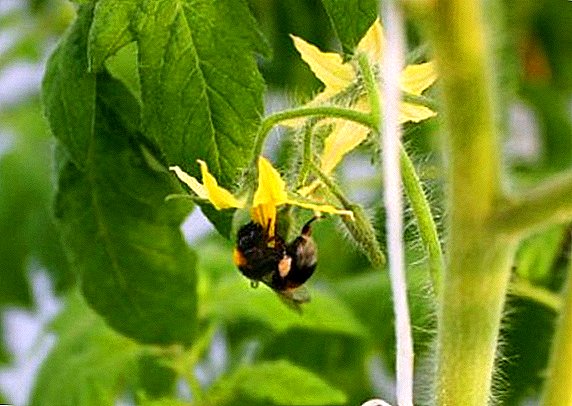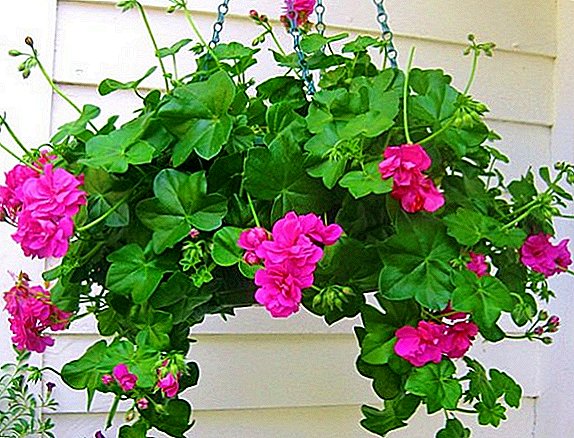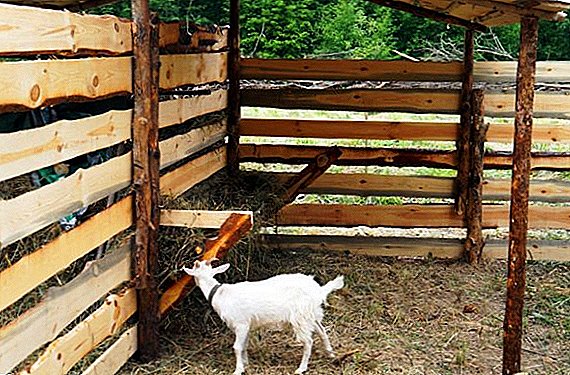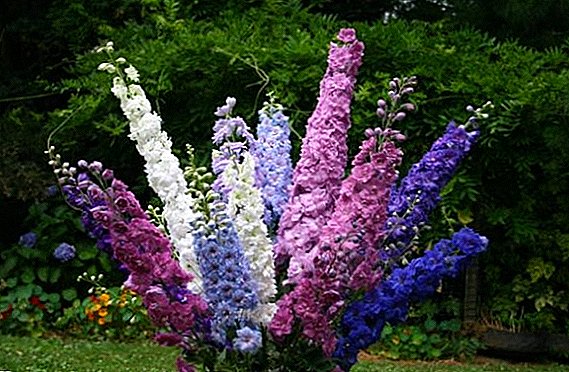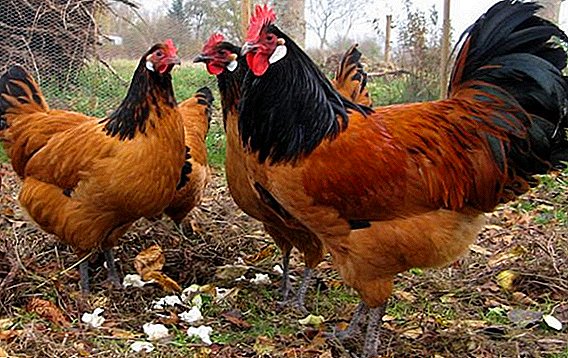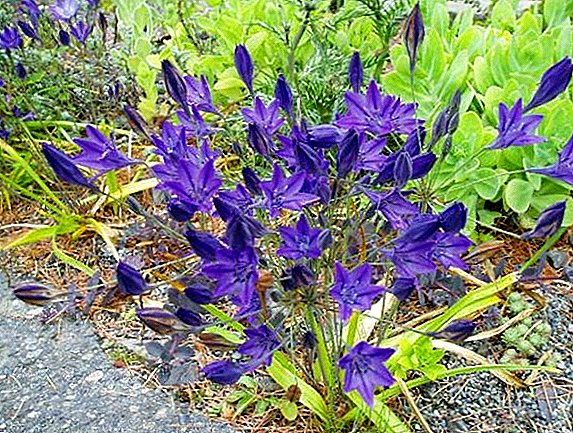 The beautiful, low triteleya plant has firmly established itself in our flowerbeds. Those who wish to grow this flower in their garden will be interested to know what species and varieties there are, how to plant them at home and how to protect them from harm.
The beautiful, low triteleya plant has firmly established itself in our flowerbeds. Those who wish to grow this flower in their garden will be interested to know what species and varieties there are, how to plant them at home and how to protect them from harm.
Description
Triteleya is from North America. This is a small bulbous plant, reaches a height of 50-60 cm. It is characterized by long narrow leaves, small bell flowers, which are connected to inflorescence.  Color depends on the variety and can be blue, white, lilac, pink. Flowering occurs in early summer, but in greenhouse conditions, flowering can be achieved twice a year.
Color depends on the variety and can be blue, white, lilac, pink. Flowering occurs in early summer, but in greenhouse conditions, flowering can be achieved twice a year.
Types and varieties
The genus Tritheleios has 10 species. Some of them were turned into decorative varieties by amateur breeders. The most popular are:
- Tritheleya loose (Triteleia laxa) - the most widespread look, up to 70 cm high. Differs in violet and white shade of flowers. Flowering occurs in early summer.
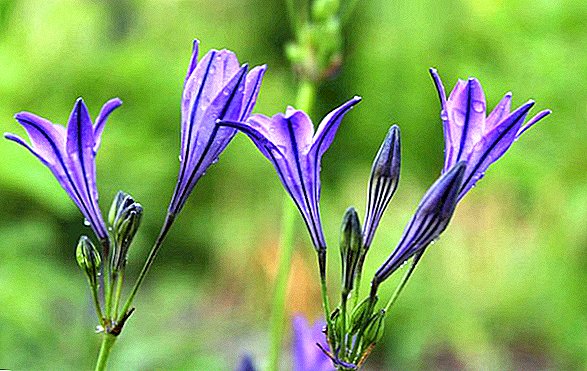 The most popular varieties of this type:
The most popular varieties of this type:
- "Queen Fabiola" (about 40 cm tall, blue-violet flowers);

- "Koningin Fabiola" (purple flowers, height 40-50 cm).
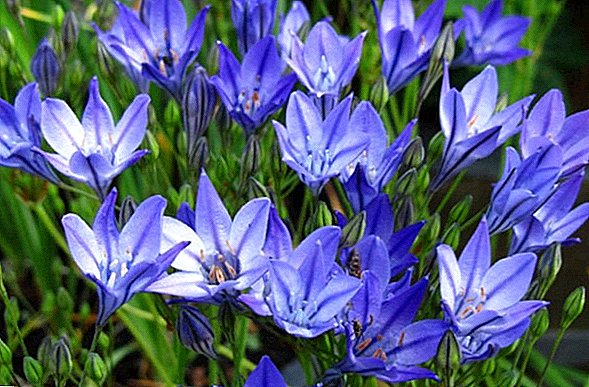
- Great-flowered triteleya (T. Grandiflora) - The view is very popular with gardeners lately. It reaches a height of 70 cm. It blooms with blue and purple flowers that form a large umbrella inflorescence;
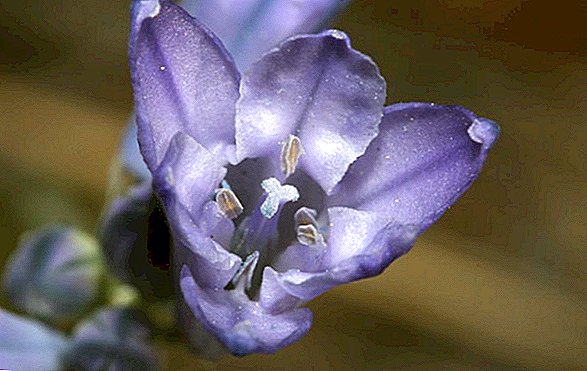
- Triteleya Bridges (T. bridgesii (S. Wats.) Greene) - low (up to 45 cm), with a thin stalk. May form about 20 purple flowers;
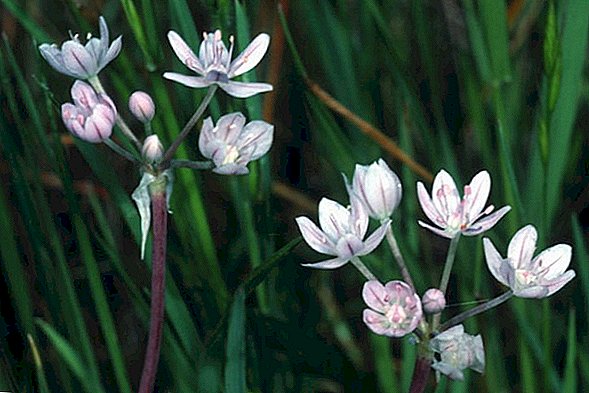
- triteleya henderson (T. hendersonii (S. Wats.) Greene) - height from 20 to 50 cm, with a thin, slightly rough stem. The flowers are small, with wide purple stripes;

- Howelli's Tritheley (T. howelli (S. Wats.) Abrams.) - quite tall for this flower - 60 cm. The bell flowers form purple umbrellas-inflorescences.
Did you know? Title "triteleya" means a clear triplicate of its parts.
Breeding methods
Triteleya reproduces either by bulbs or seeds. Each method has its own advantages and disadvantages.
- Seed propagation:
- Seeding is carried out in the spring in greenhouses or trays with light ground.
- Seeds are germinated in a bright place, but it is worth protecting the seedlings from direct sunlight.
- Watering is carried out as the soil dries.
- Planting in open ground is done in the fall (in a mild climate) or in the spring.
Flowering with this planting will begin on the 3-4th year.
- Bulb reproduction:
- Young bulbs are separated from old bulbs in the autumn when they are dug for wintering.
- Overwinter bulbs in a dark place.
- Landing is carried out in April-May, when the earth is well heated.
- They are planted in boxes with light soil at a distance of 10-12 cm from each other, deepening into the soil by 8 cm.
- Watering is moderate. The soil should always remain slightly wet.
 Tritheley bulbs
Tritheley bulbsAlso, bulbs reproduce such flowers as: tulip, snowdrop, autumn crocus, gladiolus, lily, narcissus, ixia, candike, allium, hionodoksa and dahlia.
Landing
So, you have bulbs or seedlings obtained from the seeds, and everything is ready for planting in open ground. Now we will understand what is needed for this.
Planting in open ground should be done in the warm season - April-May. In order to properly plant a trilogy, we need:
- shovel - for digging holes;
- bucket with water;
- sand bucket;
- prepared soil.
Choose a place to grow in a well-protected from the draft area.
We start landing:
- We dig a shallow hole 8-10 cm deep.
- Pour some sand or rubble into the hole (to ensure drainage).
- From above the drainage pour out the prepared soil to about half of the hole.
- Install the onion or seedlings.
- Fill the soil to the top, slightly compacted soil.
- We water.
 We make the next well at least 10 cm from the previous one.
We make the next well at least 10 cm from the previous one.Important! The plant loves warm and sunny color. Penumbra tolerates not bad, but blooms worse than the sun.
Priming
Flowers like a slightly wet, light soil. Therefore, before planting seedlings or bulbs, provide drainage for your plants to avoid stagnant moisture. More soil must be nutritious.
To do this, mix two parts of peat, one part of the earth, two parts of sand. Instead of peat, you can use compost, humus.
Read also how to make compost with your own hands and in garbage bags, as well as how to build a compost pit.
This mixture is suitable for all types of treble.
Location
The best site for planting these flowers will be a place open to the sun, protected from the wind.
If the sun is not enough, the flower will grow slowly, its development will stop, the number of flower stalks will decrease.
Watering
When planting, pour about 3-4 liters of water into the hole. When the plant is planted, the hole should be watered again from above.
Top dressing
While planting in the hole, you can throw a little compost or humus. After a week or two, after the plant has taken root and adapts, you can water it with nitrogen fertilizer. 
Care
In general, the flower can be considered drought resistant. But he needs watering during growth. Because in the spring and before flowering do not be afraid to water it several times a week.
But avoid excess moisture. After flowering and until the end of the season you can water less often.
When you pour, do not forget to loosen the ground to provide air access to the roots of the plant.
Special requirements for feeding do not impose. You can restrict the growth period of nitrogen fertilizers (nitroammofoska, urea). During flowering periodically add superphosphate to water.
Did you know? If in the winter you feed additional dug bulbs, they will be more willing to form new ones. "babes".
In winter, trithelei in places with a mild climate should be sprinkled with sawdust and lapnik. If the winters are snowy and cold in your places, then in the autumn you need to dig up the bulbs, dry them and, pouring sawdust, put them in a dark, cool place until spring.
Diseases
The greatest threat to treleley is the wrong care.
With excessive feeding or too dry air, her leaves turn brown and fall. If you water it more than necessary, the plant will begin to rot.
From insect pests most often deliver the troubles of nematodes and aphids. To combat them should be the usual methods - spraying with soapy water, insecticides.  It happens that the flowers begin to hit gray rot. To combat this fungus, use "Vektru", "Skor" or "Maxim".
It happens that the flowers begin to hit gray rot. To combat this fungus, use "Vektru", "Skor" or "Maxim".
Important! Treatment is carried out in accordance with the instructions for these drugs, but at least once a week until the complete disappearance of signs of the disease.
With proper care, this rare visitor from the American coast will look great in rockeries, thick landings, curbs. Care of him is not complicated, and you can grow tritheleu without much hassle in your flower garden.


 The most popular varieties of this type:
The most popular varieties of this type:




